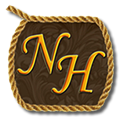My First Tack Sale
Recently, my new barn had a notice on their bulletin board:
Tack Sale
Saturday
7 am – 11 am
I thought this would be a good opportunity to get rid of some of my “horse” stuff that I’ve collected through the years. I went through the stuff in my show trunk, hanging on my saddles and in the garage. The stuff in the garage had become a bigger pile since the recent move to a new barn.
When I arrived at the barn, I realized I had just a meager amount compared to others that had set out their stuff earlier. Without being discouraged at the thought of not being able to sell anything, I set up my table and also my portable gazebo for sun protection. I did manage to sell a few things.
Since I don’t go to garage sales much at all, I learned a few things from this for the next tack sale at the barn or if I want to put one on for myself.
- Get your merchandise organized early.
- Do some research on-line and even in your local newspaper for what used tack is selling for in your area.
- Mark the tag clearly with the price and make sure it is secured to each item.
- You may want to put a small description of the item on the tag.
- Have enough money in various bills and coins for the day. You don’t want to miss a sell because you can’t make change.
- Have sacks or boxes available to bag any merchandise that you sell. Using the plastic or paper bags from the grocery store would be a great way to reuse them.
- Have a few snacks and drinks handy that are appropriate for the time of year to see you through the tack sale hours.
- If you do the tack sale yourself, you might consider spending a few dollars to advertise in your local paper. Ask you local feed store or vet office if you can put up flyers for your tack sale. Make sure to put the date and hours of the day the tack sale will be going.
- If you put out a few signs on the street to show the way to your tack sale, don’t forget to remove all the signs when the tack sale is over.
In all, I had a good time. I got to visit with the boarders at the new barn and I made a bit of money.

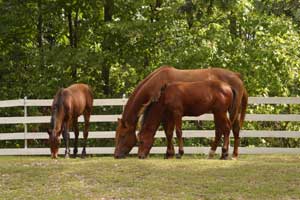
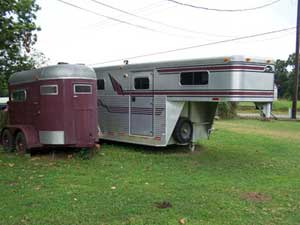

 I found myself in unfamiliar territory. I hadn’t had to really look for a boarding facility since I got my first horse over 30 years ago. The horse boarding facilities where I’d been to this point were either recommended by friends or my friends were currently boarding at them. This time I had no such recommendations. So, I had to set out from scratch to find a new place that best fit my needs and my horses’ needs.
I found myself in unfamiliar territory. I hadn’t had to really look for a boarding facility since I got my first horse over 30 years ago. The horse boarding facilities where I’d been to this point were either recommended by friends or my friends were currently boarding at them. This time I had no such recommendations. So, I had to set out from scratch to find a new place that best fit my needs and my horses’ needs.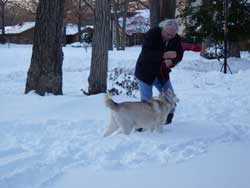
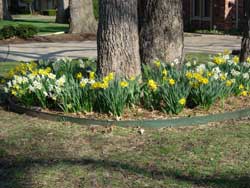
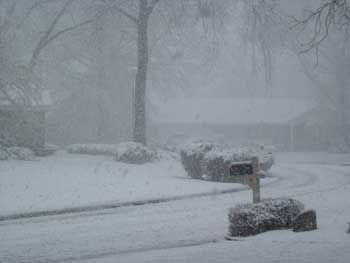 It’s the last weekend of March. Mother Nature has teased us more than once with beautiful springtime weather. This weekend did not qualify for that in Oklahoma. We have had one doozy of an early spring snow. In my area, that has been 4″-6″ of the white stuff. The farther west you live has turned into as much as 26″-28″ of snow. I know, some of you from the north are saying “Waaaaa, whiners”.
It’s the last weekend of March. Mother Nature has teased us more than once with beautiful springtime weather. This weekend did not qualify for that in Oklahoma. We have had one doozy of an early spring snow. In my area, that has been 4″-6″ of the white stuff. The farther west you live has turned into as much as 26″-28″ of snow. I know, some of you from the north are saying “Waaaaa, whiners”.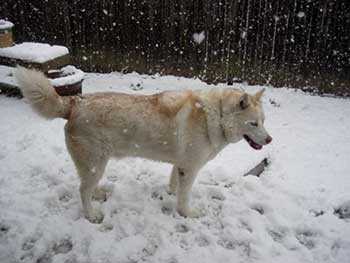
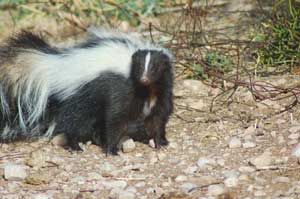 pasture. There was even a red fox that showed up but never stopped. It made its hurried travel through the pasture to get to cover in the next property. There were the urban possums & rabbits. You could catch a glimpse of an occasional owl at dusk in the fall. The one critter that seemed to make it’s home somewhere near (or under) the buildings was a skunk.
pasture. There was even a red fox that showed up but never stopped. It made its hurried travel through the pasture to get to cover in the next property. There were the urban possums & rabbits. You could catch a glimpse of an occasional owl at dusk in the fall. The one critter that seemed to make it’s home somewhere near (or under) the buildings was a skunk.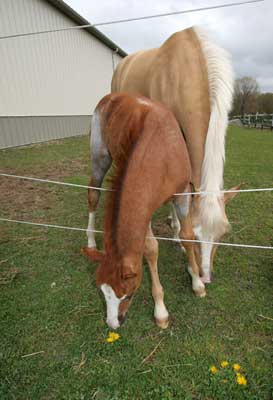 accompany each vet on calls and the barn manager who looks after your horse if he needs to stay for more intensive care. I really appreciate each & every one of these people. They do a great job. A presentation was done by each of the 2 new vets. One was on the importance of proper wound care. I could go on for days about this subject because my horses have given me plenty of practice. But I would like to talk about how you can possibly prevent some injuries.
accompany each vet on calls and the barn manager who looks after your horse if he needs to stay for more intensive care. I really appreciate each & every one of these people. They do a great job. A presentation was done by each of the 2 new vets. One was on the importance of proper wound care. I could go on for days about this subject because my horses have given me plenty of practice. But I would like to talk about how you can possibly prevent some injuries.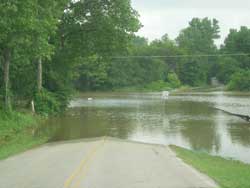 looked for hours & did not find a spot of blood or the tell tale sign of horse hair on a fence post or tree branch. Zip’s injuries were costly & required weeks of stall rest to heal.
looked for hours & did not find a spot of blood or the tell tale sign of horse hair on a fence post or tree branch. Zip’s injuries were costly & required weeks of stall rest to heal.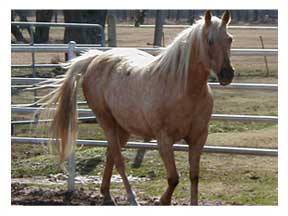 The floundering economy has touched the horse industry in so many ways. My own personal concession is I had to sell one of my horses. I did this last November (before Iggette passed) to try to cut the rising cost of my board bill as well as the vet bill. I didn’t want to sell Princess (pictured) and it was a hard decsison to make. Actually I was supposed to sell one when I purchased my gelding over 2 years ago. I just didn’t ever get around to it. Quite honestly if we lived on our acreage instead of in town, I wouldn’t have sold her. But she has a very nice owner who decided to stay at the barn where I am, so I get to see her all the time. After Iggette passed away, I was left with 2 horses. Even with my board bill being reduced by 2 horses, the money crunch can still be felt. I have made some small adjustments in my horse keeping to save some money. Here are a few of the ways that I chosen to save money. Please keep in mind that my choices may not work for you. Make your decisions wisely.
The floundering economy has touched the horse industry in so many ways. My own personal concession is I had to sell one of my horses. I did this last November (before Iggette passed) to try to cut the rising cost of my board bill as well as the vet bill. I didn’t want to sell Princess (pictured) and it was a hard decsison to make. Actually I was supposed to sell one when I purchased my gelding over 2 years ago. I just didn’t ever get around to it. Quite honestly if we lived on our acreage instead of in town, I wouldn’t have sold her. But she has a very nice owner who decided to stay at the barn where I am, so I get to see her all the time. After Iggette passed away, I was left with 2 horses. Even with my board bill being reduced by 2 horses, the money crunch can still be felt. I have made some small adjustments in my horse keeping to save some money. Here are a few of the ways that I chosen to save money. Please keep in mind that my choices may not work for you. Make your decisions wisely.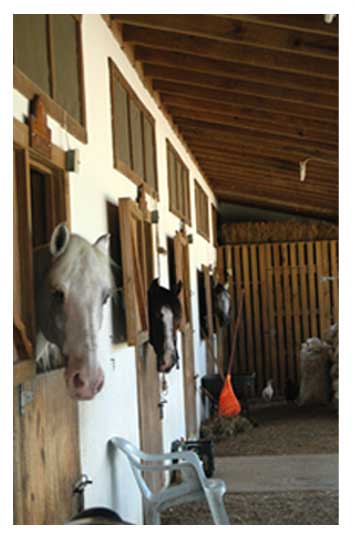
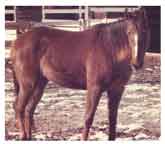
 This is where I come in. I had never owned a horse, I had never taken care of a horse and I had only ridden a few backyard pets that my friends had. I was a stupid 20 something and was just as horse crazy then as when I was at 4. Oh yeah, I was also recuperating from a very bad fall off a lesson horse trying to learn how to jump fences. I was told Iggette was going to the sale barn and I just couldn’t let that happen. I talked my husband into buying her. I wasn’t sure what I was going to do with her, but I knew I couldn’t let her go to the sale where she might end up in the hands of the killers. I bought her without even going to look at her first. This is how I became a novice owner.
This is where I come in. I had never owned a horse, I had never taken care of a horse and I had only ridden a few backyard pets that my friends had. I was a stupid 20 something and was just as horse crazy then as when I was at 4. Oh yeah, I was also recuperating from a very bad fall off a lesson horse trying to learn how to jump fences. I was told Iggette was going to the sale barn and I just couldn’t let that happen. I talked my husband into buying her. I wasn’t sure what I was going to do with her, but I knew I couldn’t let her go to the sale where she might end up in the hands of the killers. I bought her without even going to look at her first. This is how I became a novice owner.